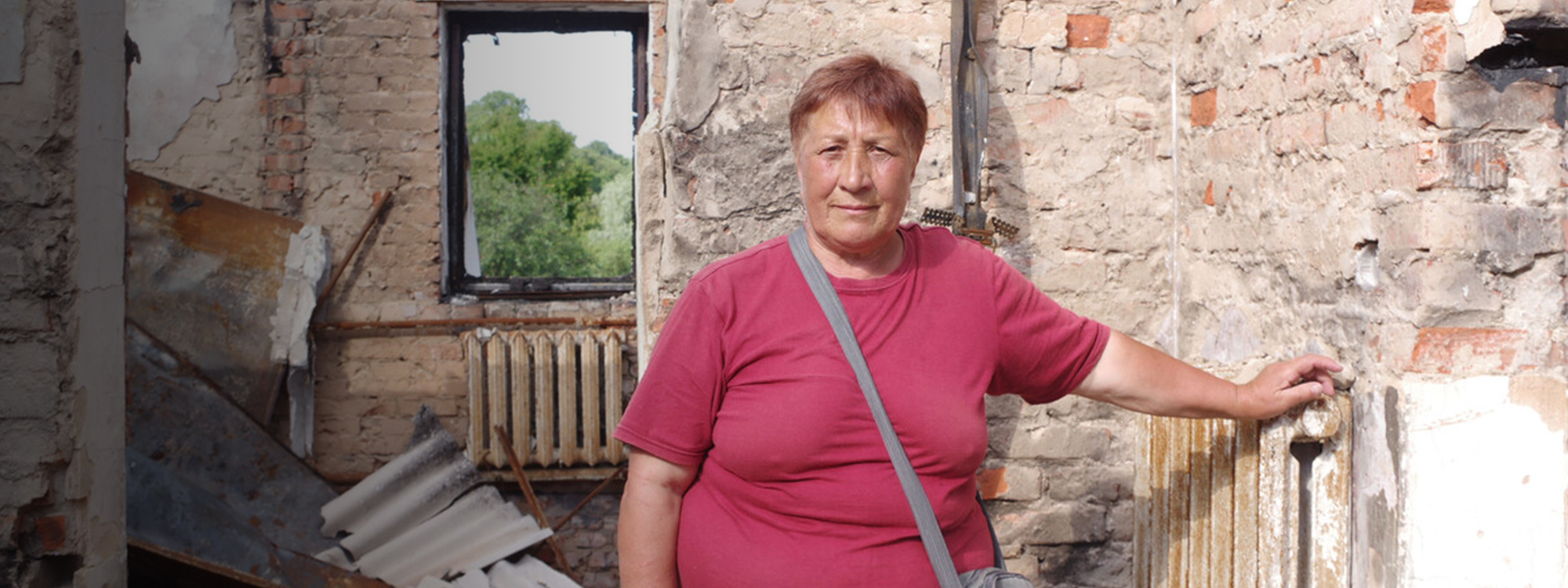What would you take? It’s the question none of us want to be faced with.
If war broke out in your hometown and you had to flee your home at a moment’s notice, what item would you take with you?
This is the exact dilemma that millions of people in Ukraine have had to face over the last year. Since the outbreak of the conflict in February 2022, over 13.3 million people have had to leave their homes and nearly 8 million people have fled Ukraine altogether, becoming refugees in other European countries.
Today, the humanitarian situation in Ukraine remains dire. Here are five things you need to know about the war 1 year on:
1. There is still a lot of uncertainty
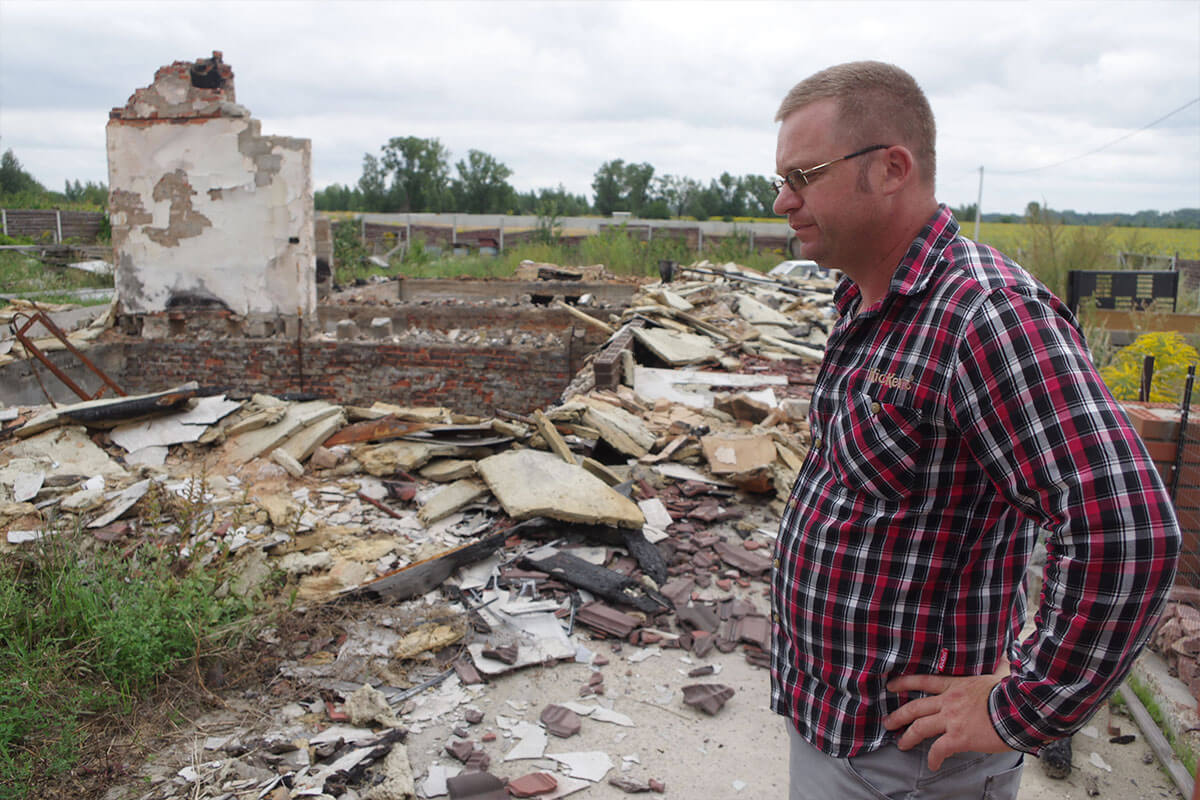
Oleg stands amongst the remains of his family home
The frontlines are ever changing, with intense fighting in the east and south. Every day there is more damage to residential areas as missiles strikes rain down.
For people who have stayed in Ukraine, there is huge uncertainty over whether their homes and loved ones will be safe. For those who have left, there is still great uncertainty over when they might be able to return home or when the fighting will end.
2. Winter is long and unforgiving in Ukraine
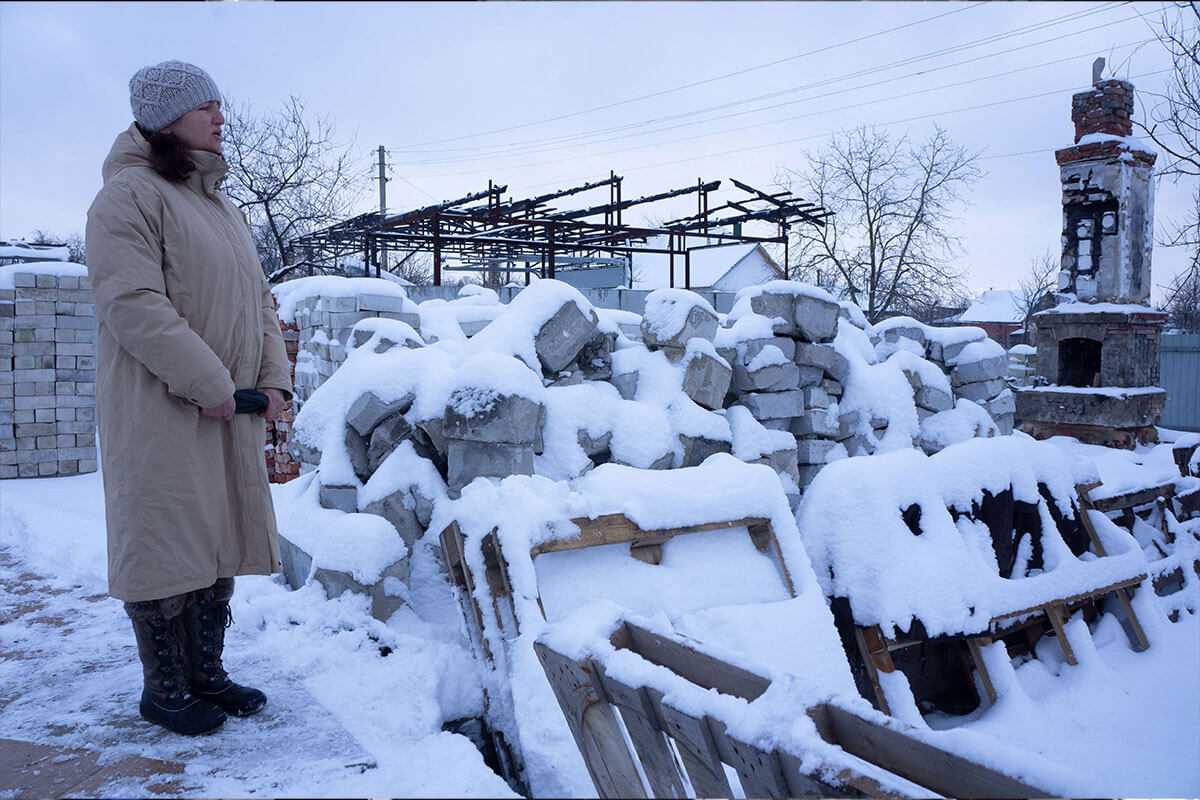
Heavy snow has shrouded the remains of Victoria’s home in white
Whilst some parts of the world may be starting to think about Spring, the temperatures are still below freezing in Ukraine. Temperatures can plummet to as low as -15 degrees centigrade, which is life-threatening for people living in damaged homes.
Frequent power outages mean that people can’t rely on electric heating. In the depth of winter, they are having to stay warm by other means. This is why ShelterBox is providing thermal clothing, blankets and wood fired stoves. With our attention firmly on supporting people through the bitter winter months, we’ll be reaching around 30,000 more people with essential items to help them survive.
3. Communication is really tricky
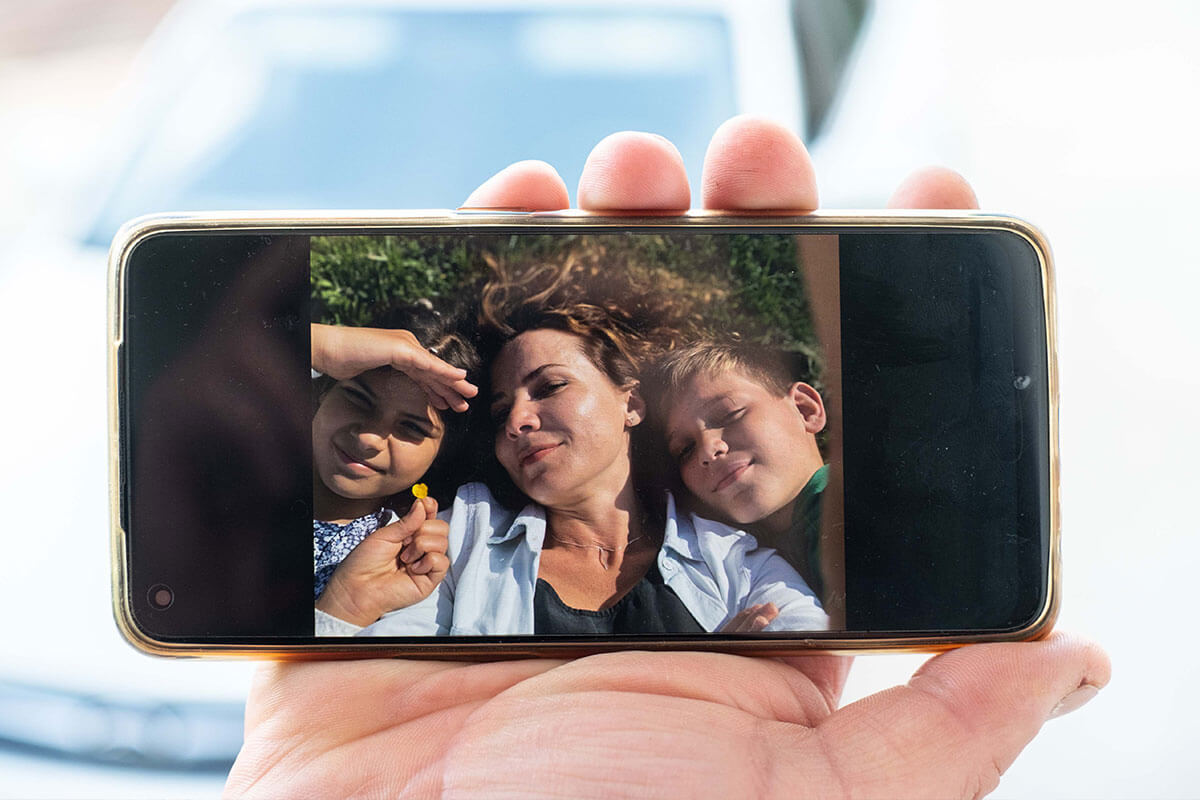
The reality for so many: families separated across borders. “My wife and son have gone to Spain. They would like to return because everybody wants to come home” – Sergiy.
When there are rolling blackouts and people are spending time in air raid shelters, communication can be almost impossible at times. This is incredibly tough for loved ones who are separated and is only exacerbated by the unpredictability of war and shifting frontlines.
It also makes it tough for aid organisations who are managing a humanitarian response. To be effective, aid delivery must be well coordinated – getting aid to the right places, at the right time, to help people who need it most.
ShelterBox is working with local agencies, the UN, and other international aid organisations to ensure that, together, we avoid duplicating efforts or leaving gaps, so that as many people as possible can get the support they need.
4. It’s affecting other countries too
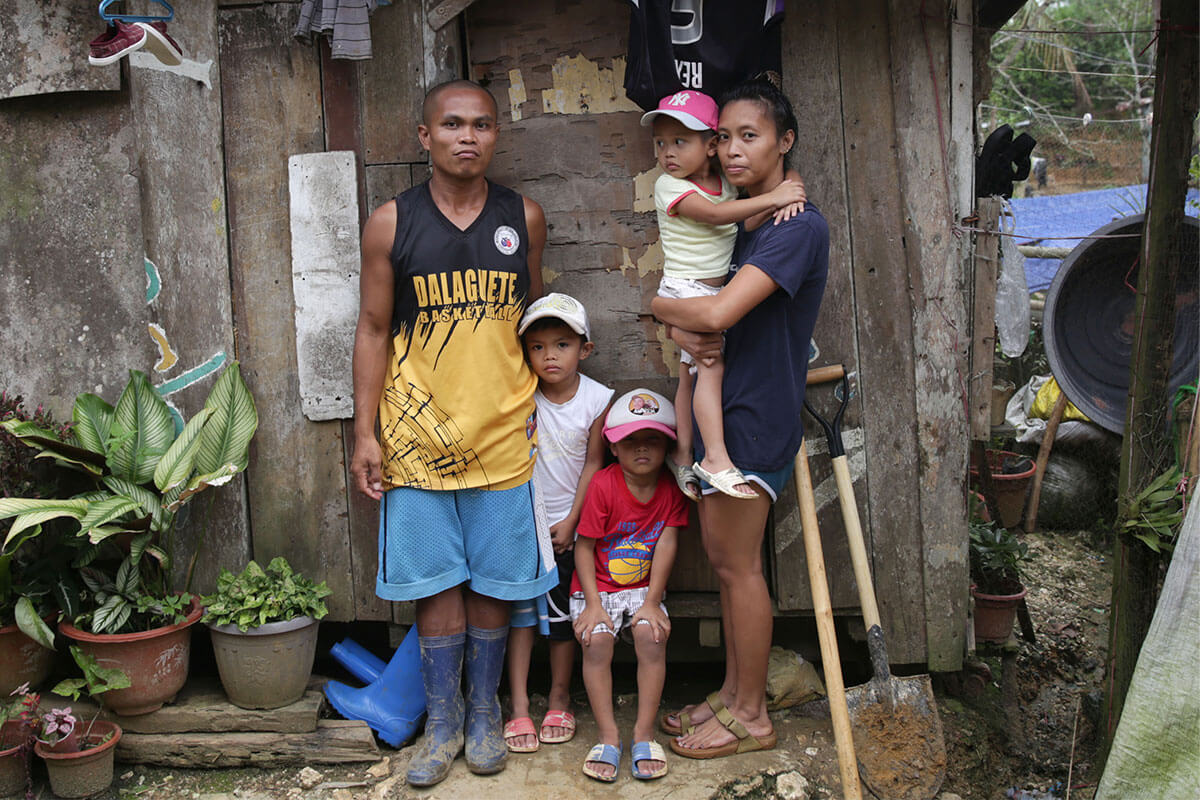
“Our life has been in crisis and it’s gotten harder…the price of the gasoline has increased because of the war in Ukraine” – Romnick
The war in Ukraine has sent grain and fuel prices spiralling.
Places like Ethiopia have seen rising food prices, resulting in widespread hunger. Below average harvests and rising international prices have caused the cost of a food basket to increase by 66%.
Elsewhere in countries like the Philippines, people are seeing the impact of rising gas prices. Romnick, who we supported after Typhoon Rai, told us that he was spending most of his earnings to buy gasoline, leaving little money left for food.
5. ShelterBox has supported more than 37,000 people so far
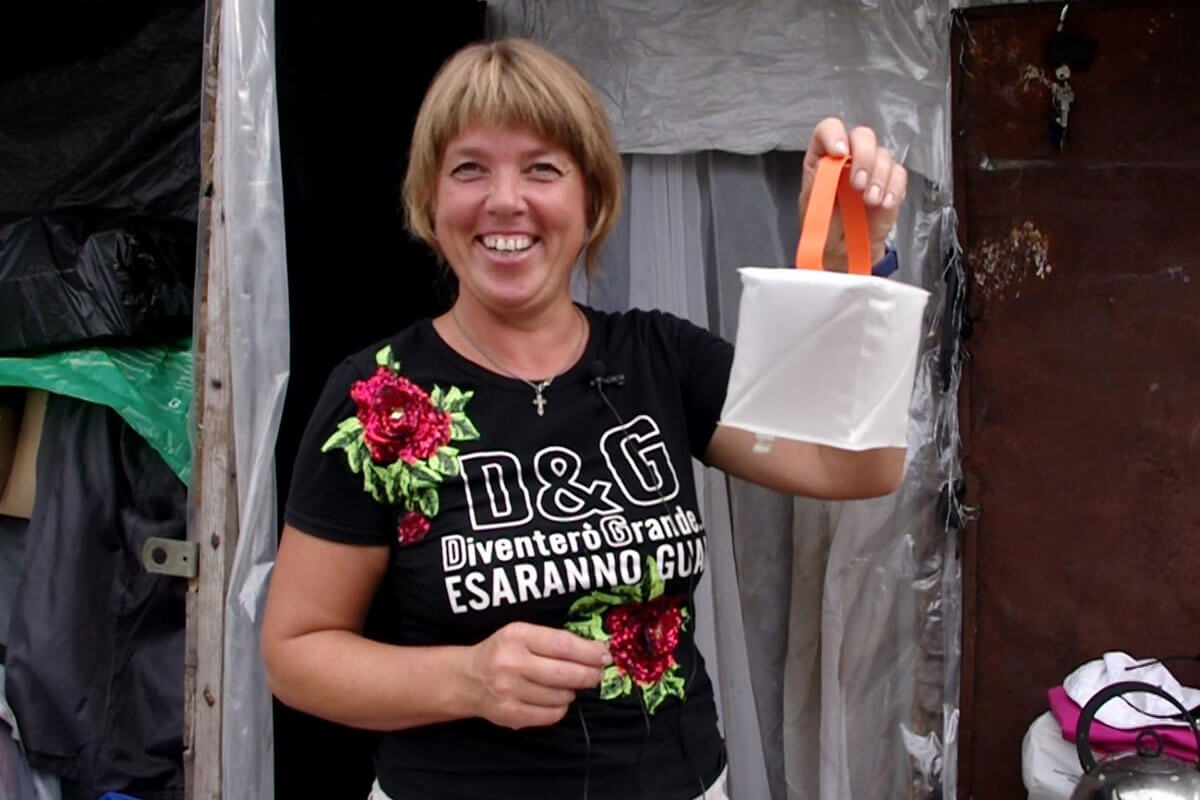
Tatyana proudly displays her solar light from ShelterBox. Her home and possessions were completely destroyed during the bombing.
Since the start of the war, we have been supporting people displaced in Ukraine and those who became refugees in Moldova.
- We distributed mattresses to ‘collective centres’ like schools, churches, and sports centres in western Ukraine to give people who have fled their homes somewhere to sleep and keep warm at night.
- We have been helping people survive in damaged buildings – providing shelter kits, tools, and rope. Our aid also includes high thermal blankets, solar lights, buckets, and water carriers, as well as hygiene kits including items like soap, washing powder and toothpaste.
- For refugees on the move in Moldova, we provided items they could carry with them as well as cash.
In the coming months we’ll be reaching around 30,000 more people with essential items to help them survive.
One year on, the war in Ukraine isn’t over. We are committed to doing all we can to support families who have lost so much. Stand with us.

